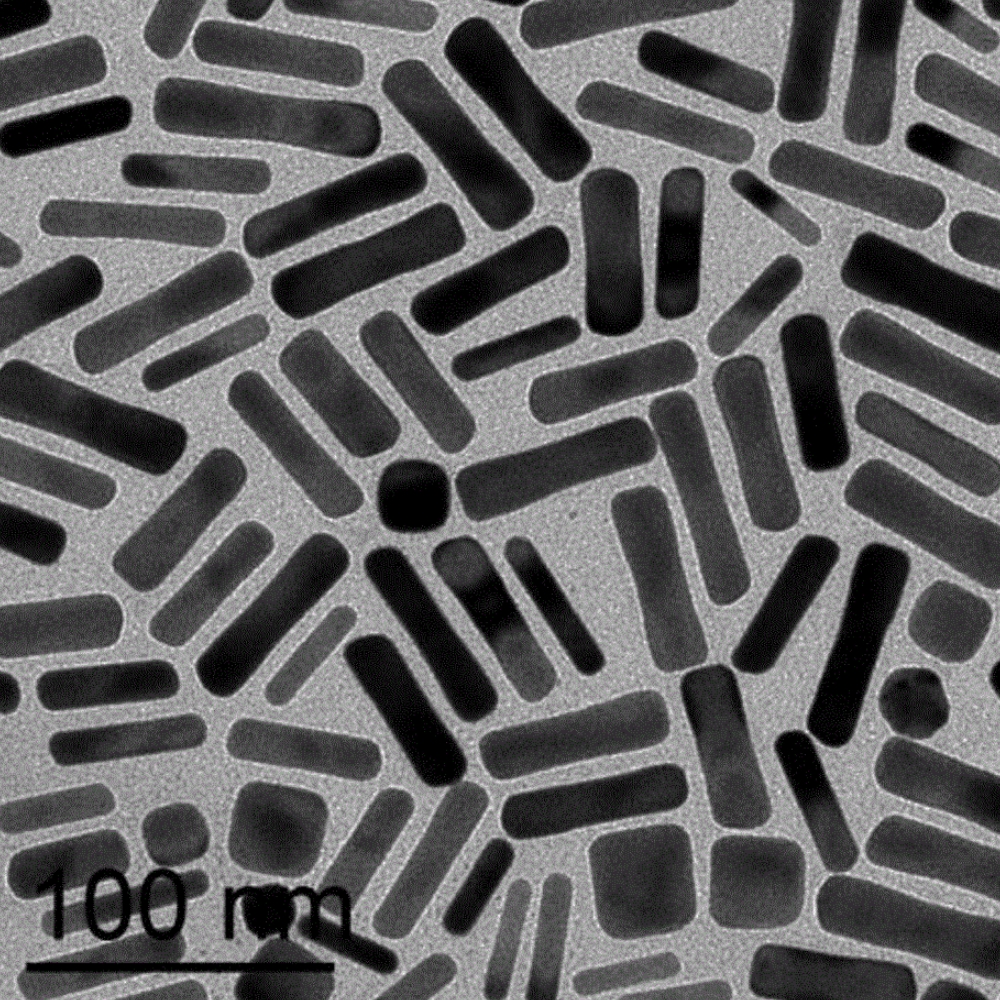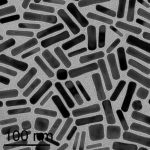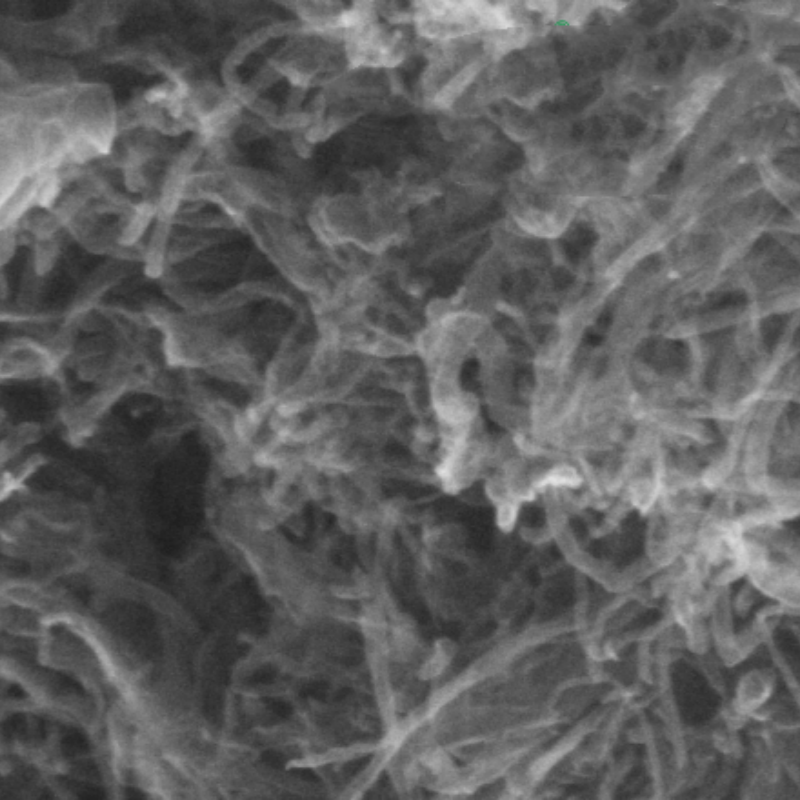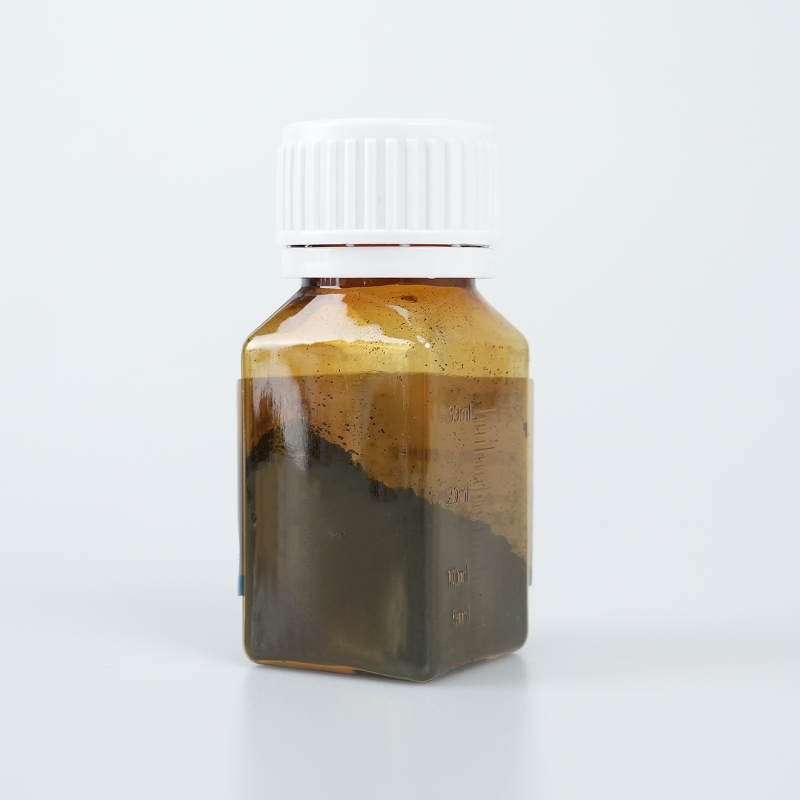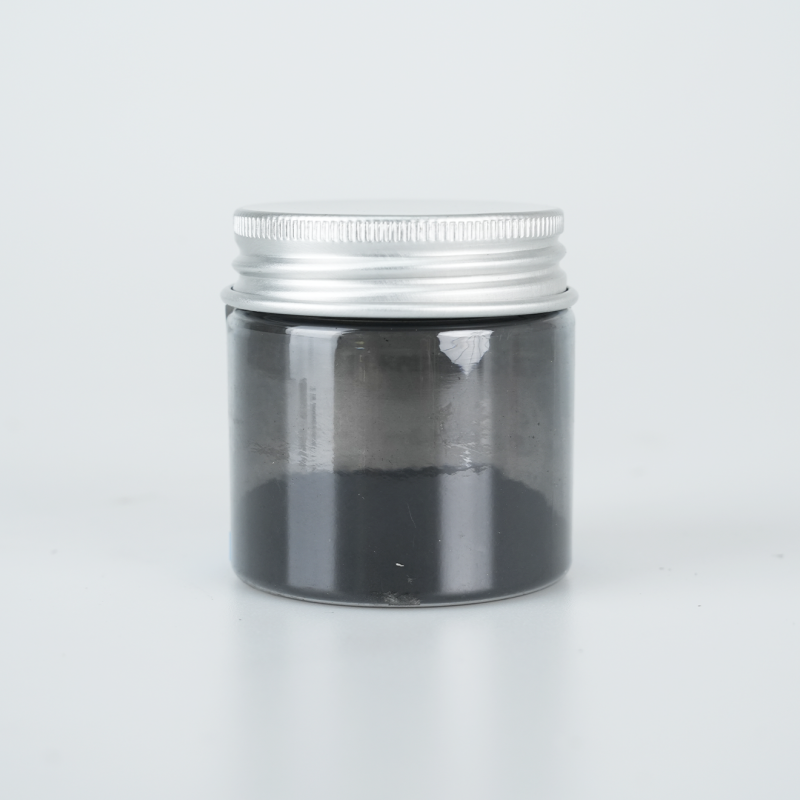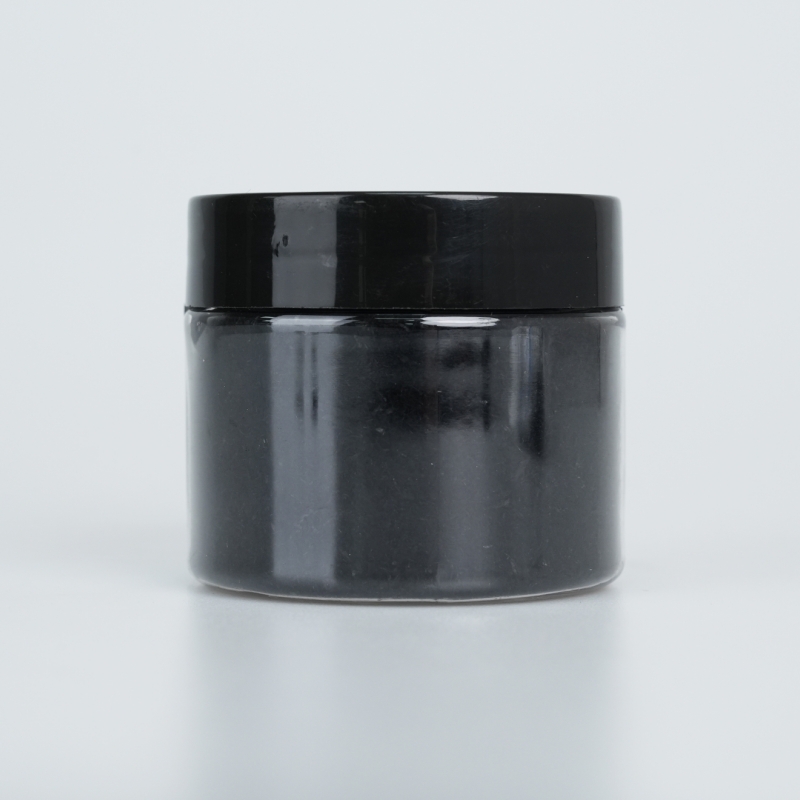Streptavidin-modified gold nanorods provide optimized biotin binding, superior optical properties, and enhanced bio-affinity. Designed for molecular biology and diagnostic applications, they ensure precise biomolecule detection, extended stability, and high adaptability.
Product Overview
Streptavidin-Modified Gold Nanorods are a type of nanomaterial where streptavidin is covalently attached to the surface of gold nanorods. This modification exploits the strong affinity between biotin and streptavidin, which is the core characteristic of the product. Biotin can be covalently attached to a variety of biomolecules, while streptavidin offers specific binding to biotin. This makes the material highly suitable for various applications in biosensing, photothermal therapy, and other biomedical fields.
Key Features
- High Biocompatibility: The surface modification of gold nanorods enhances their biocompatibility, making them ideal for use in a wide range of biomedical applications.
- High Sensitivity: The strong biotin-streptavidin affinity provides excellent sensitivity for detection-based applications.
- High Specificity: The streptavidin-biotin interaction offers highly specific binding, ensuring precise and accurate detection in experimental settings.
Applications
- Biosensing: Utilizing the surface plasmon resonance (SPR) properties of gold nanorods, these modified nanomaterials can be used to develop highly sensitive biosensors for detecting molecular interactions.
- Photothermal Therapy: The strong light absorption properties of gold nanorods in the near-infrared range make them effective for photothermal therapy, converting light energy into heat to treat tumors.
| Item | Parameter |
| Concentration | 0.1 mg/mL |
| Solvent | Water |
 new material
new material

